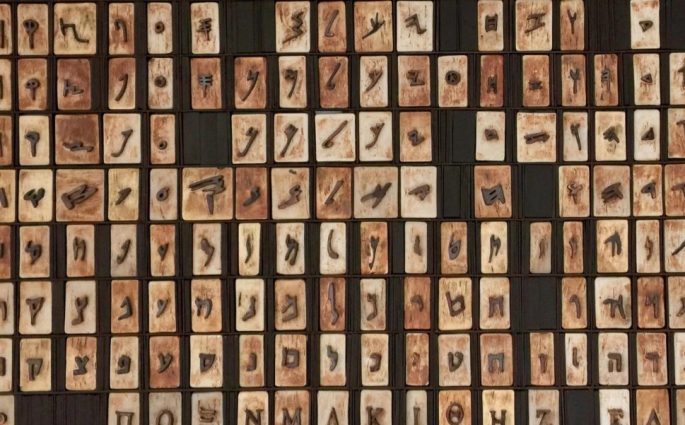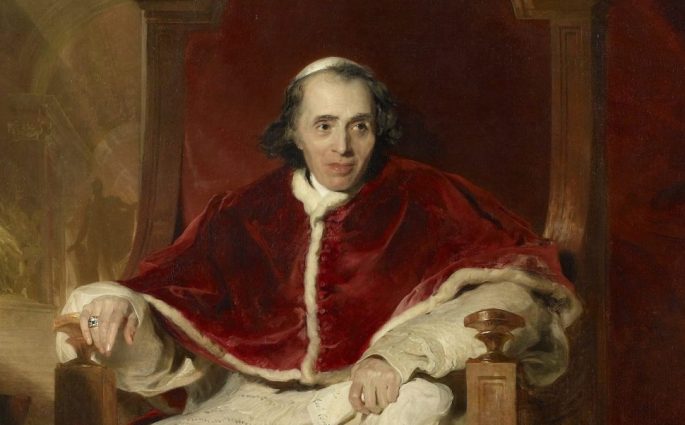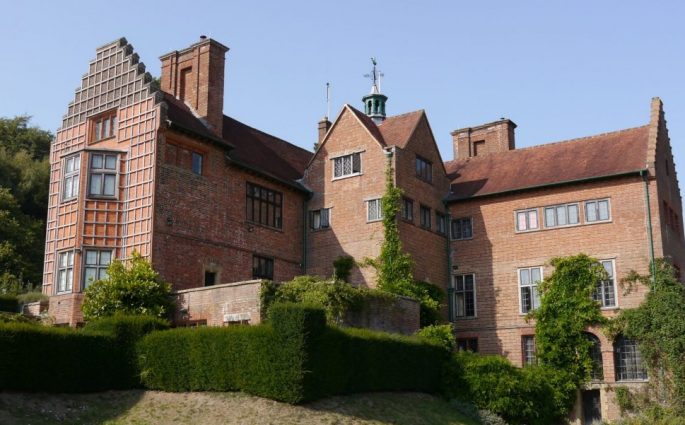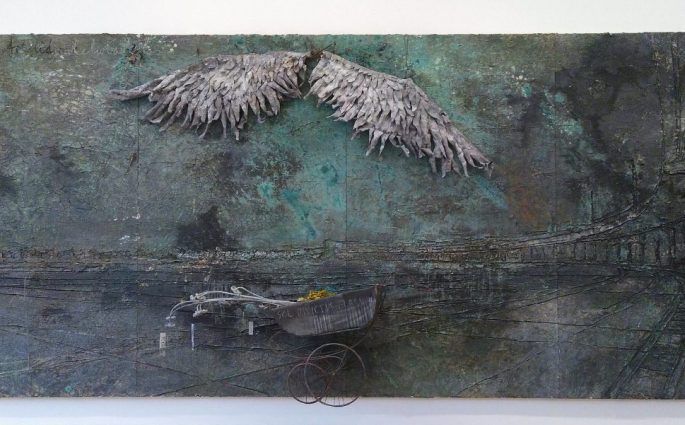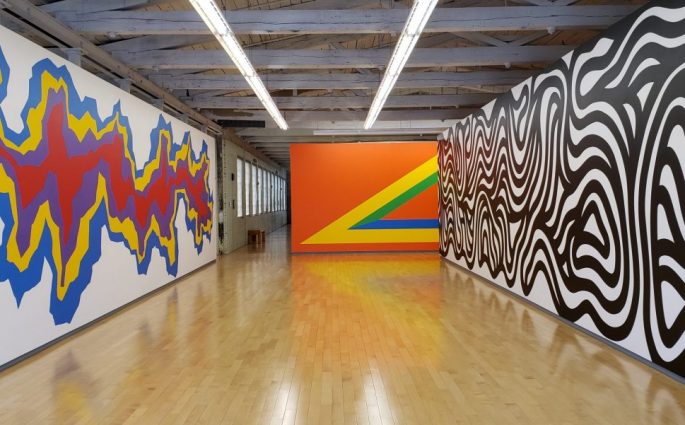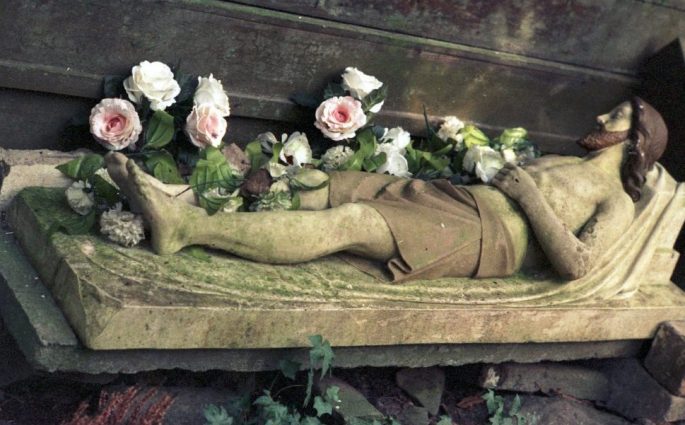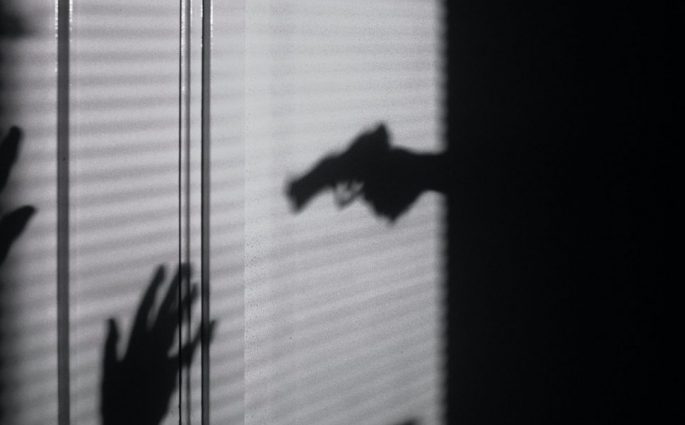A Clue to the Nature of Man: the Symbol
Ernst Cassirer— In the human world we find a new characteristic which appears to be the distinctive mark of human life. The functional circle of man is not only quantitively enlarged; it has also undergone a qualitative change. Man has, as it were, discovered a new method of adapting himself

